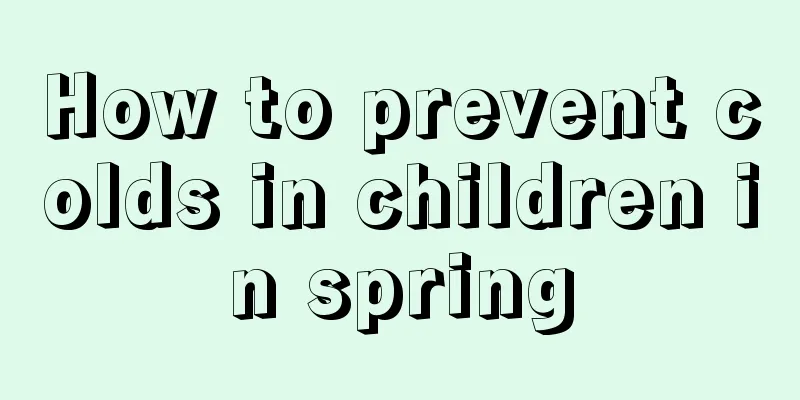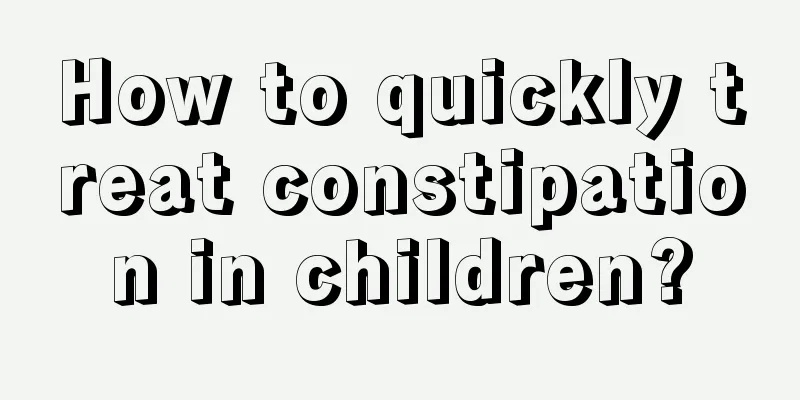7 key points for children to eat rice healthily

|
● Wash rice less or not at all Most families wash rice before steaming it. Vitamin B is water-soluble and distributed on the surface of rice, so it is easy for it to slip away with the washing water. The loss of vitamin B1 can be as high as 20% to 60%. In fact, most of the rice sold on the market now does not require washing. The impurities and dust in the rice have been blown away and do not need to be washed repeatedly. ● Pre-soaking the rice makes it easier to cook Unpolished rice is very hard and takes too long to cook. Mothers might as well soak the rice overnight before cooking, and then it will cook much faster. Note that the water used to soak rice must not be thrown away. It must be put into the pot and cooked together. The nutrients and health-care substances on the surface of the rice are all in this water. ● Less nutritional loss when cooking with boiling water Boiling rice with boiling water can allow the chlorine in the tap water to evaporate, reducing the destructive effects on vitamin B1, and the porridge will taste better. ● Never add alkali when cooking porridge It is common in the north to add alkali when cooking porridge. Many people believe that porridge with added alkali tastes better and is thicker. However, they do not know that doing so will cause the complete destruction of vitamin B1 and also destroy vitamin B2 and folic acid. As long as you soak it in advance and cook it until it’s cooked, the rice porridge will naturally be thick and delicious. ● Don't give your baby salty porridge The baby is young and his kidneys are not yet fully developed and cannot handle large amounts of salt. Century egg porridge, lean meat porridge, etc. usually require a small amount of salt to be added. Although the concentration is not high, drinking a large bowl of it will still bring excessive salt burden to the baby and cultivate the baby's taste for salt. At the same time, do not add MSG to the porridge. Preserved eggs contain alkali, which can seriously damage the vitamins in porridge. For babies under 2 years old, it is best to avoid eating them. ● Make more multi-grain porridge and bean porridge Cooking rice into porridge with millet, barley, red beans, mung beans, etc. can greatly increase the nutritional value and the taste is also richer. If you add some crushed nuts and sesame seeds, it will not only upgrade the nutrition but also promote the aroma, which will definitely make your children very happy. ● Pay attention to the safety of porridge Some porridge contains various granular ingredients, such as peanuts, dates, etc. These ingredients may have hard cores, or the particles may be small enough to get stuck in the trachea, so parents must pay close attention. It is best to remove all the cores, and porridge for children under 2 years old should not contain any particles. |
<<: 8 types of food to avoid before 1 year old
>>: Parents' Class: 6 words that hurt children's self-esteem the most
Recommend
Causes and treatments of enlarged tonsils in children
Enlarged tonsils in children may be caused by bac...
Why do babies have bloodshot eyes and the corresponding solutions
Babies have just come into this world and have re...
Can babies smell the ointment?
We all know that plasters are very effective in t...
What to do if a 20-day-old newborn gets angry
Getting a fever is a particularly common symptom....
What should a two-month-old baby eat if he is calcium deficient?
If the baby has a calcium deficiency problem, par...
What to do if your three and a half year old baby coughs
If a three and a half year old baby has a cough, ...
What should I do if my three-year-old child has a fever in the middle of the night?
Generally speaking, young babies have much weaker...
Hand, foot and mouth disease in children
When children are young, they are prone to some d...
Symptoms of cockroach bites
If the indoor hygiene is not clean, many insects ...
What should I do if my child has crooked teeth?
What should I do if my child has crooked teeth? P...
At what age do children start to grow hair?
As we all know, growing sweat hair is a very norm...
Treatment of pharyngeal ulcers in children
Children's throat ulcers look very scary. Rec...
What to do if your child has a viral cold or cough
Parents are always worried when their children ar...
When do children stop growing taller?
There is a certain age when children grow taller....
What vaccines should a two-year-old baby get?
Vaccines are something that babies must get. Of c...









